Announcement Here

List of songs in each grade
Prep-Grade
Les Pomettes
Sor - Pour Trouver
Return To Fungal
Aguado - Lesson 07
Angels We Have Heard On High
Neusidler - Dutch Dance
Le Roy - Bransle De Poitou
Diabelli - Andantino
Carulli - Andante
Carcassi - Sicilienne
Grade 1
Carulli - Waltz no 1
Carulli - Contredanse
Giuliani - Andantino no1
Giuliani - Allegro no 13
Aguado - Lesson 06
De Visee - Minuet
Carcassi - Andantino
Sor - Andante
Beethoven - Ode To Joy
What If A Day, A Month, Or A Year
Grade 2
Sanz - Espanoleta
Sor - Etude 8
Giuliani - Allegro no11
Calvi - Canario
Silent Night
Giuliani - Allegretto no3
Amusement
Carulli - Waltz
Greensleeves
Home On The Range
Grade 3
Morlaye - Pavane
Morlaye - Gaillarde
Sor - Waltz
Tarrega - Study in C
Silent Night
Tarrega - Lagrima
Antonin - Aria
Giuliani - Allegretto 2
Beethoven - Fur Elise
Carulli - Rondo
What you'll learn in the Technique Essentials 2.0 core 6 modules
Melody - single line of music

Melodic techniques involve right and left hand techniques responsible for playing a single line of music. This is usually done while playing another layer at the same time, which is polyphony.
Polyphony - intervals and chords
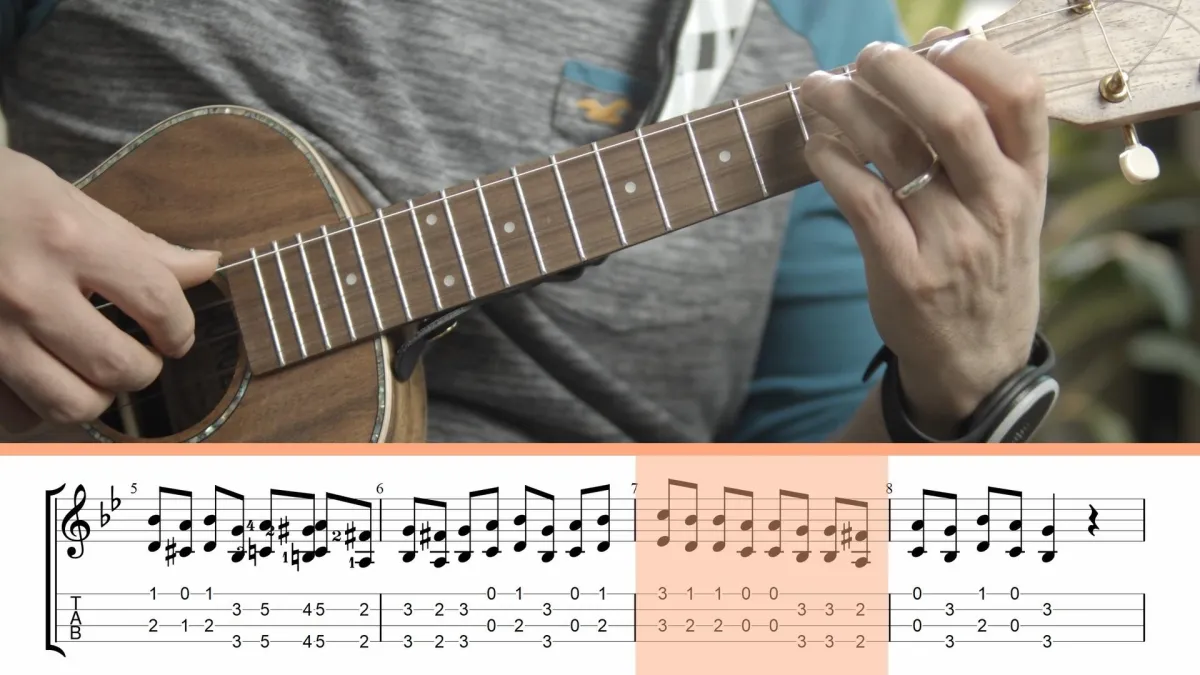
Polyphonic techniques involve right and left hand techniques responsible for playing 2 or more strings at the same time. These are usually intervals (some
refer to these as double stops) and block chords
Arpeggio - fingerpicking
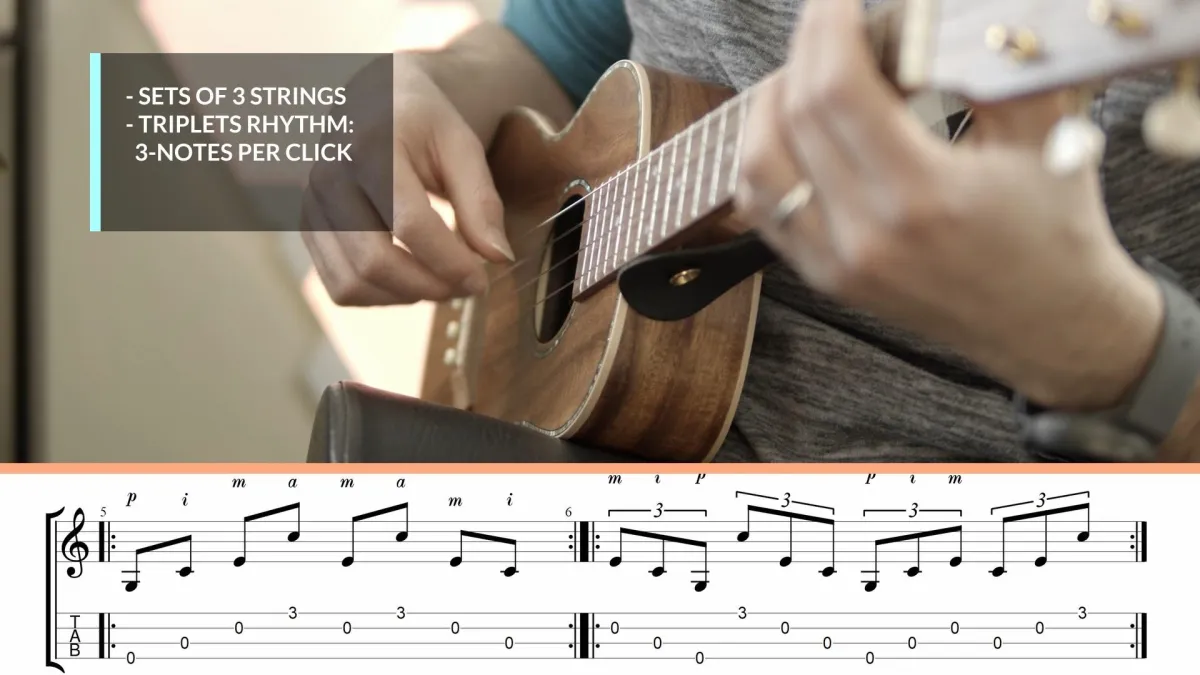
Learn how to apply free-stroke to play arpeggios. Finger assignment and whether you should do it or not, and a deeper look into the advanced world of string sets
Understand your ukulele
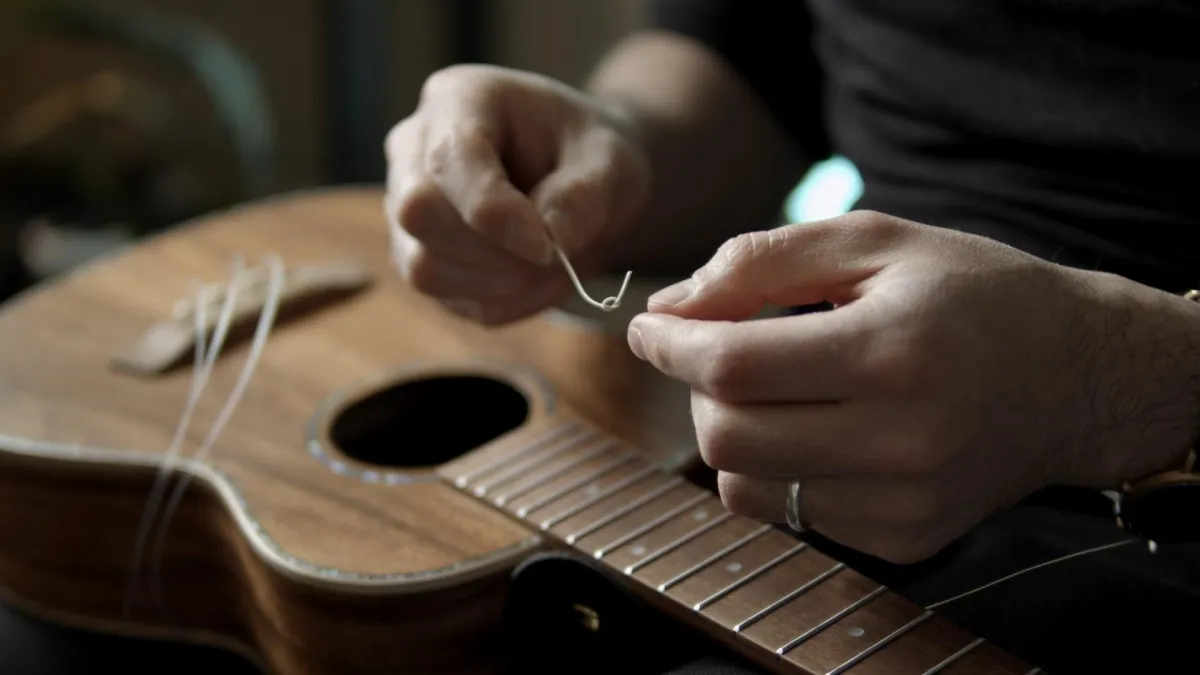
Learn the part of your ukulele, how to tune, and how to change strings. Simple but necessary!
The basics of posture
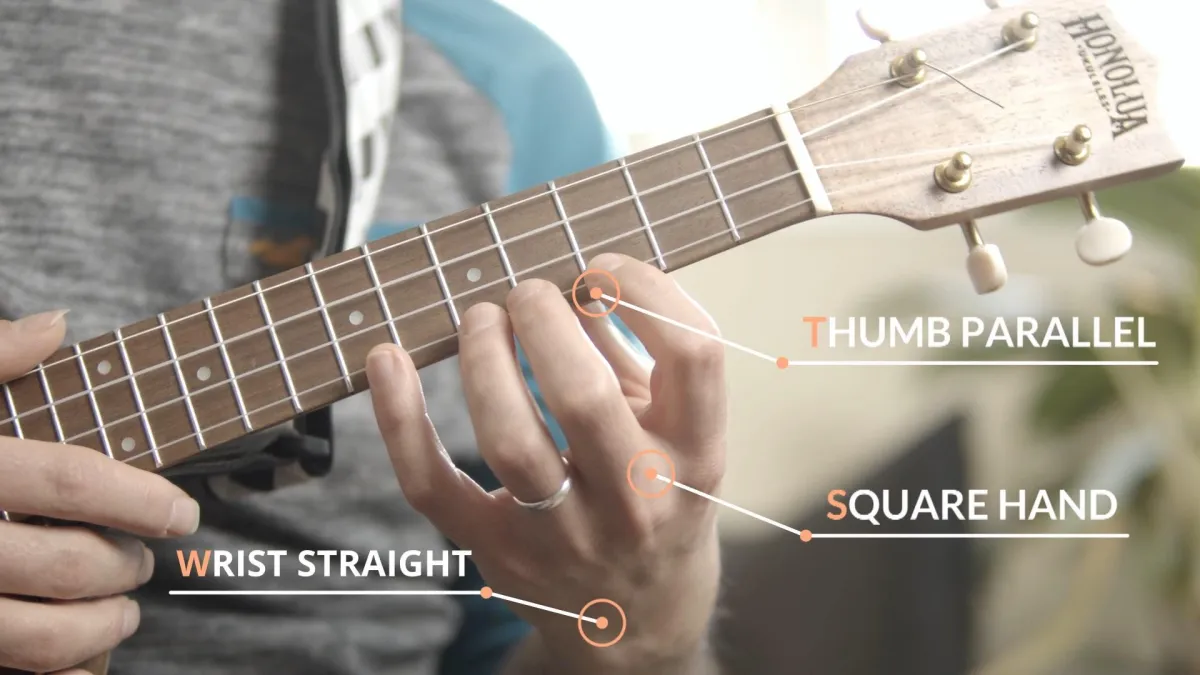
Learn proper sitting and holding posture as well as correct left and right hand placement. You'll also learn about nail shapes and maintenance for that perfect tone and volume
Basic theory
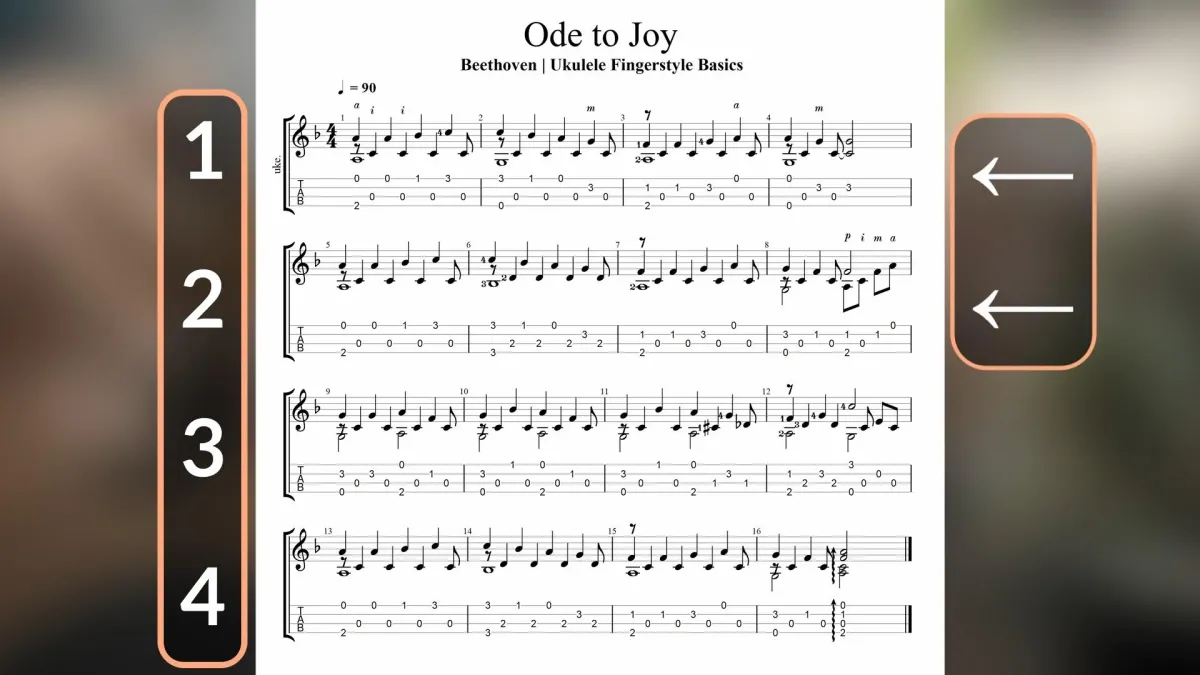
Learn how to read tabs, finger naming and indication conventions, as well as the meaning of stem directions in professionally published music
Bonus modules
Advanced techniques
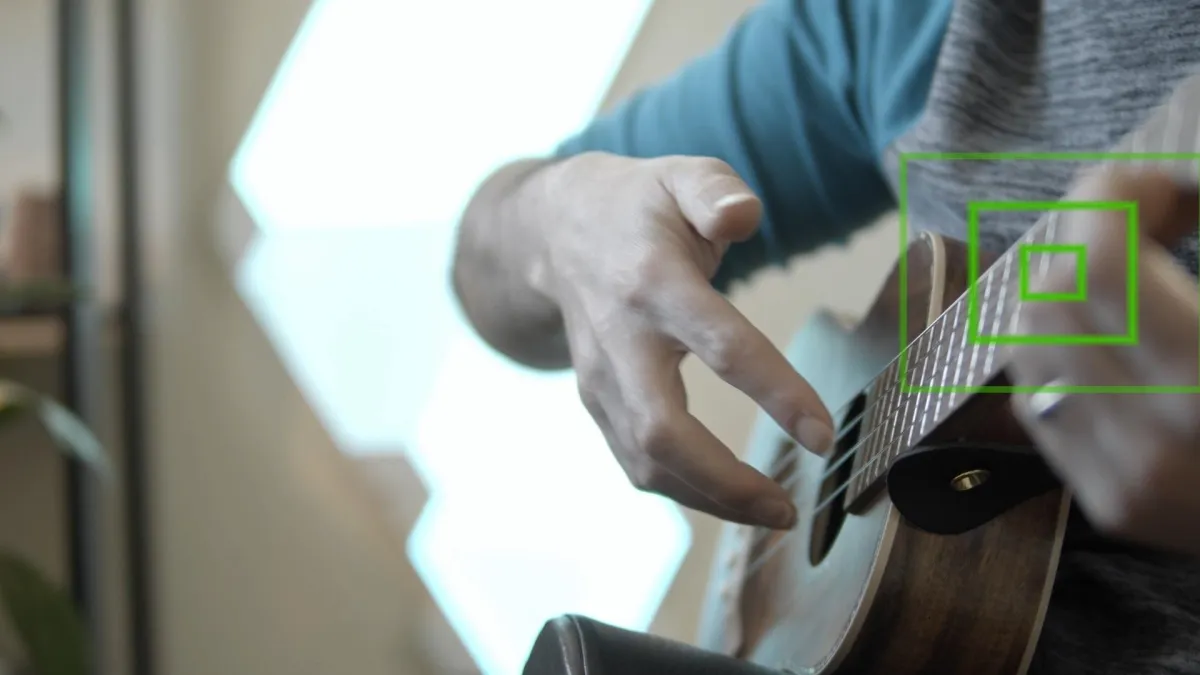
Add flare with harmonics, vibrato, and tone colors
Read standard notation
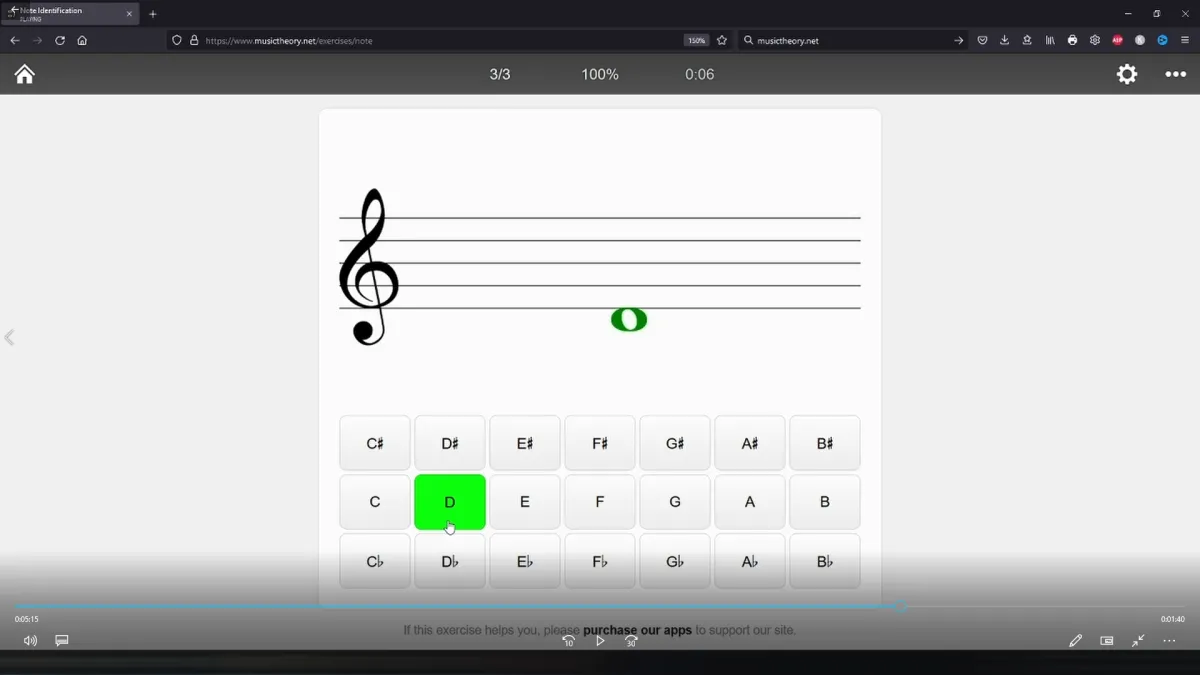
You finally get to master reading standard notation! a crucial skill to combine with tabs for fingerstyle arrangements to identify layers
Learn simple rhythms

Learn the ins and outs of reading rhythm (beginner to advanced module)
4 Modules Included In Your Membership
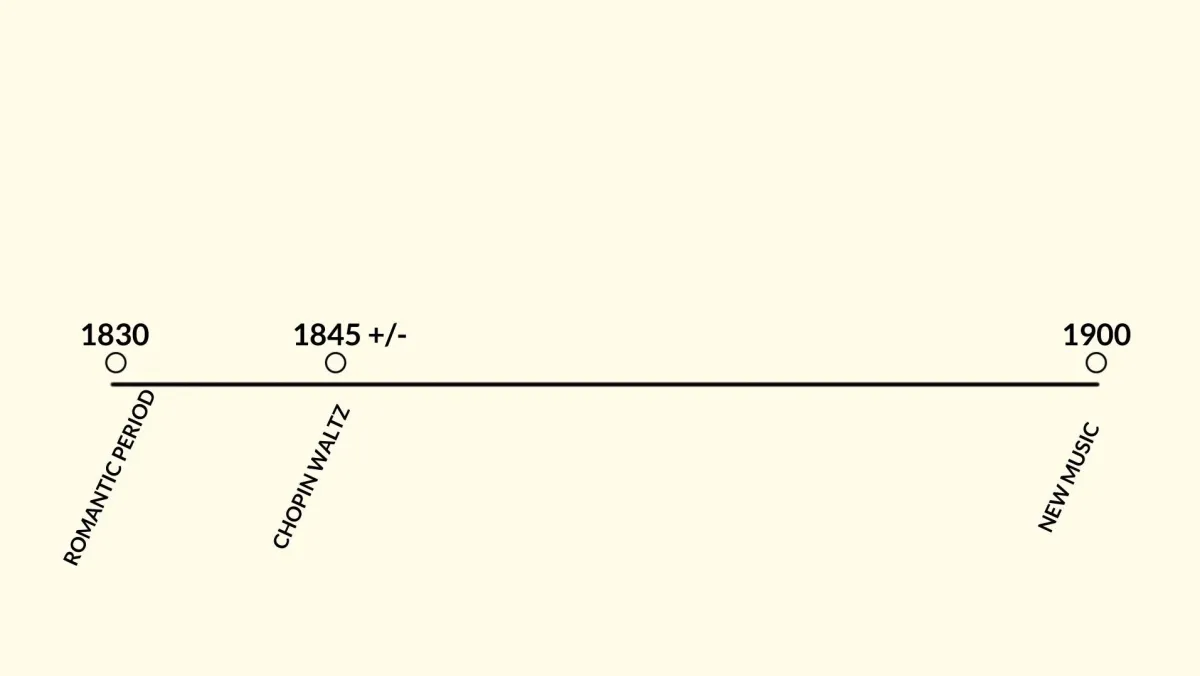
History
Learn about the Romantic Period, Chopin, and how you can use this knowledge to interpret specific passages in the piece.
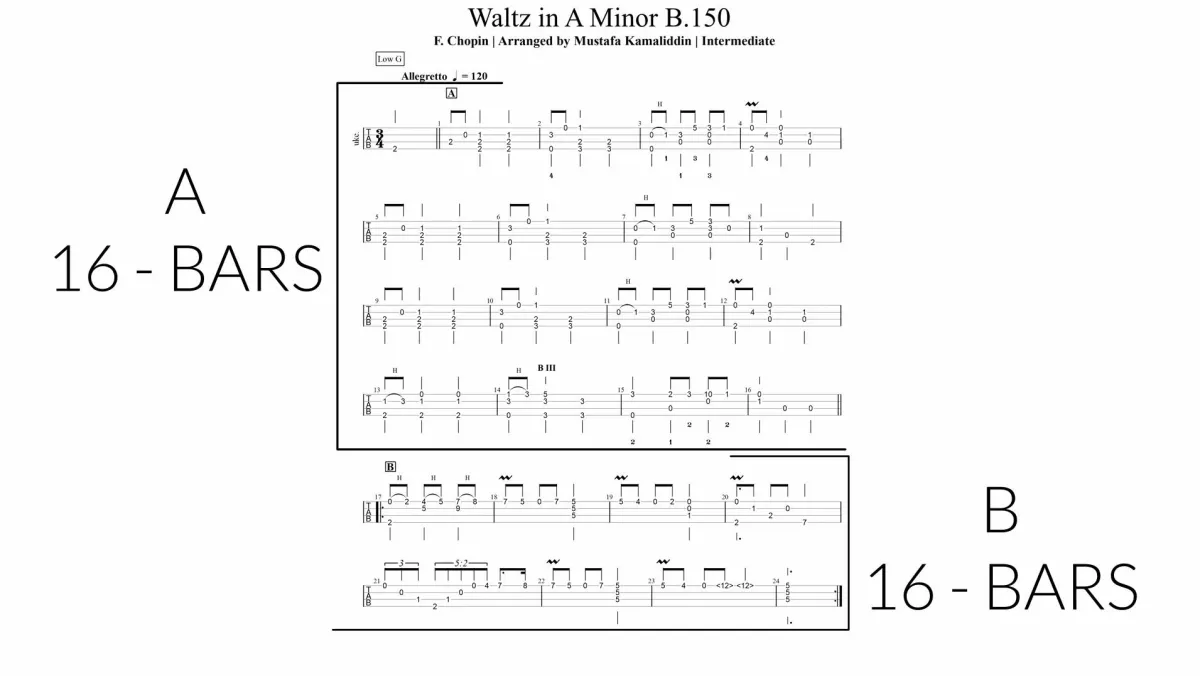
Form Analysis
Analyze the structure of the piece, Rondo form, Waltz Rhythm, Antecedent and Consequent phrases, and how it can impact your interpretation of the Waltz.

Harmonic Analysis
Complete bar by bar analysis of the harmony. Understand how this Waltz fits the Classical period and where it deviates to portray Romantic elements, and how you can make educated decisions on interpretation.
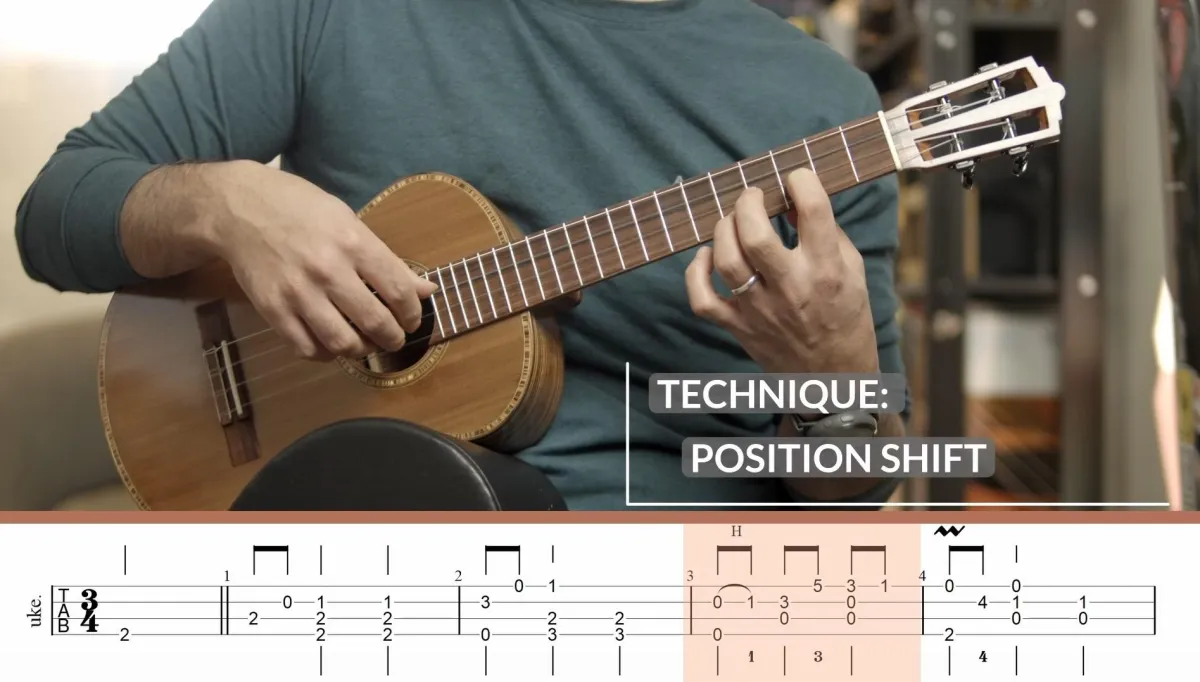
Technical Walkthrough
Complete bar by bar approach to fingerings and the different techniques you'll need to learn this piece. This section uses knowledge from the previous 3 modules to present a complete performer's guide to the Waltz


